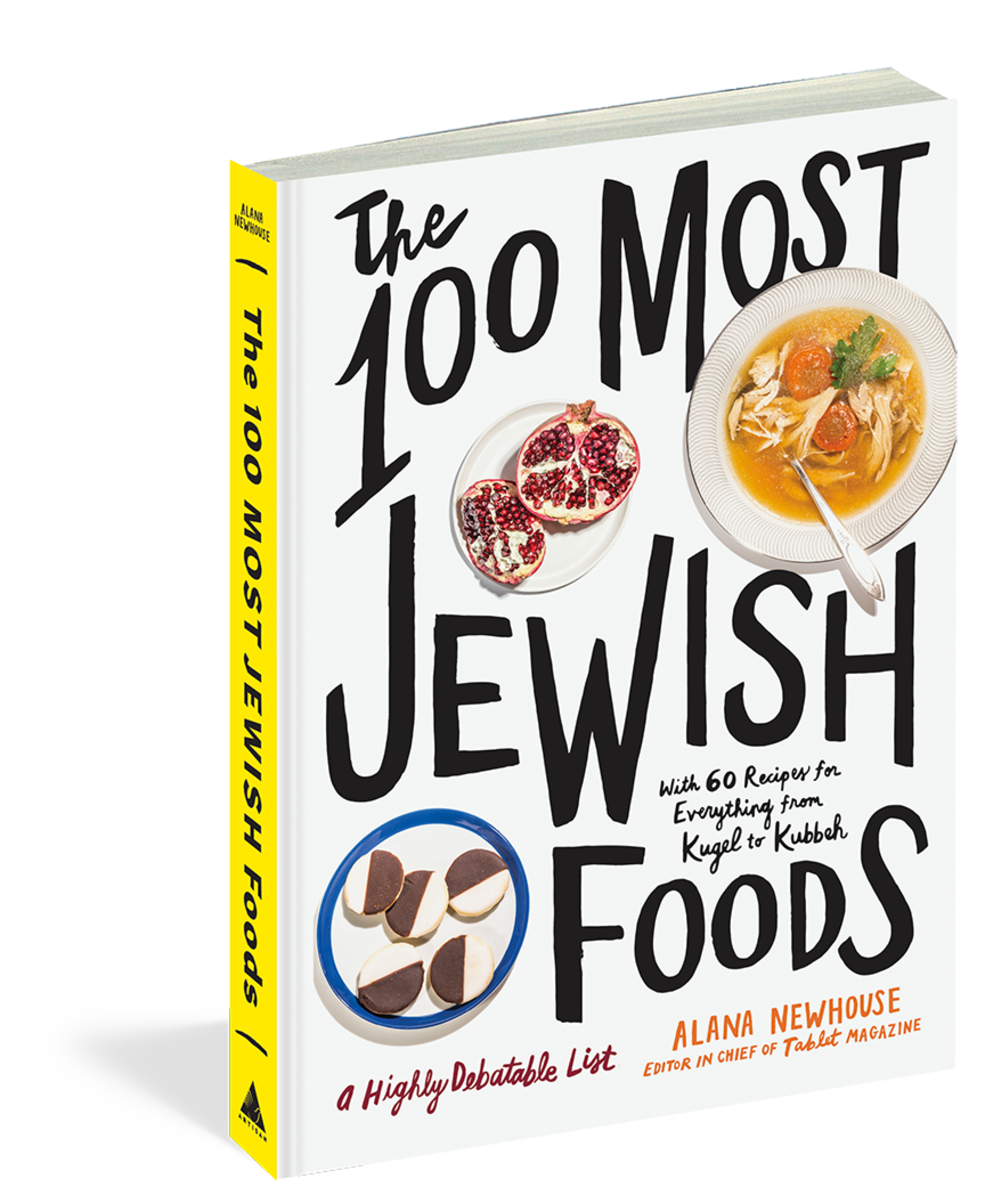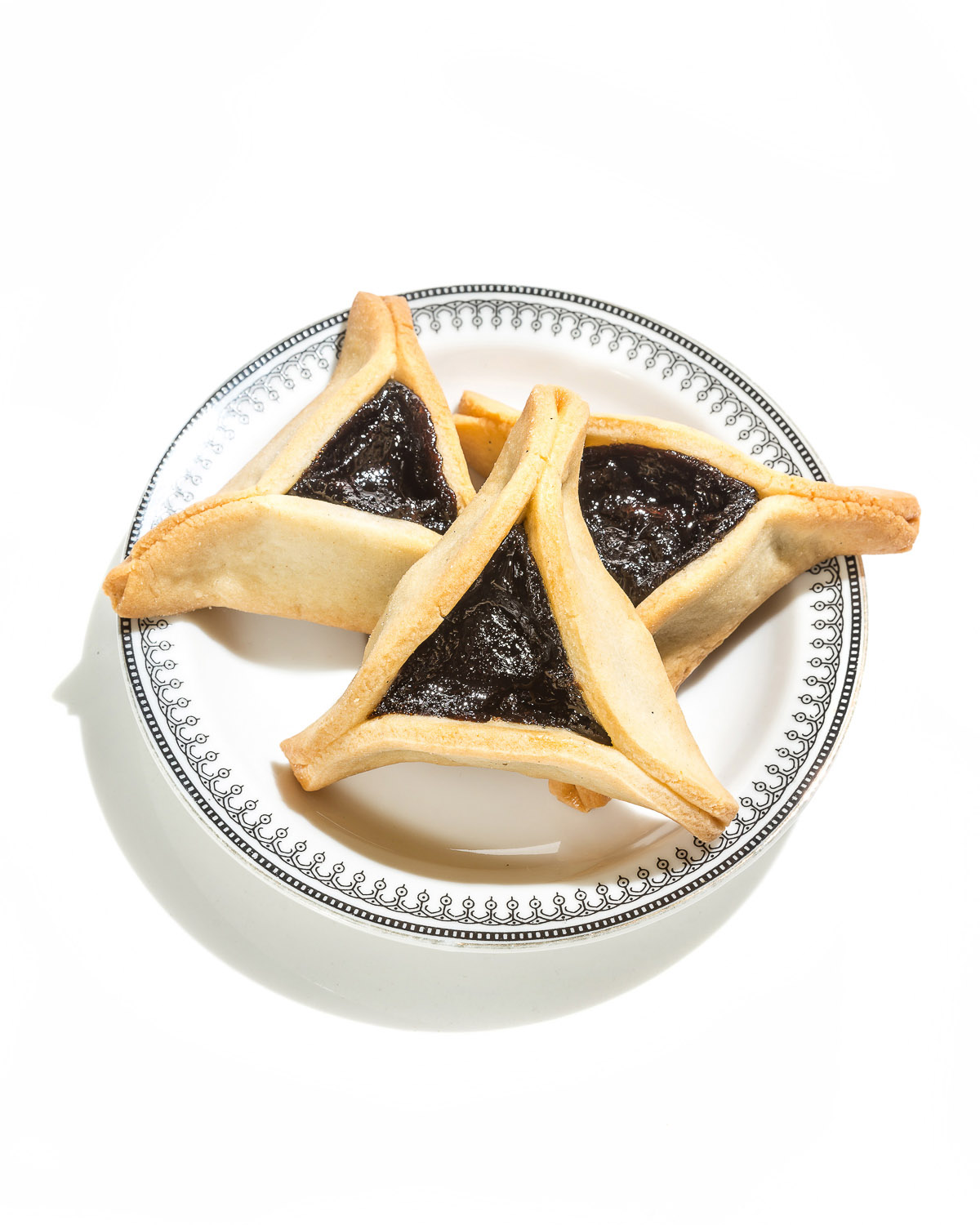Hamantaschen
Yay, the heritage cookie of the “they tried to kill us, we won, let’s eat” narrative! The name literally means “Haman’s pockets” (not Haman’s hat, as is usually translated), after the villain of the Purim story, and probably comes from an 18th-century German snack cake, Mohntaschen—Mohn means “poppy seed,” and Tasch means “pocket.” Hamantaschen, therefore, is a play on words (and you know how we Jews love those). In Israel, they’re known as oznei Haman, “Haman’s ears,” perhaps derived from the medieval Italian custom of cutting off a criminal’s ears before hanging him. (You know how we Jews love dark humor.) Whatever the origin, they’re delicious. That is, when made correctly. Friends—perhaps under the influence of a great deal of alcohol, another delightful Purim custom—can come to blows about whether the poppy-seed ur-filling is delicious or disgusting, and whether the dough should be made with cream cheese, oil, or butter. Traditionalists think prune and apricot are already a pox on Jewish history; modernists embrace fillings ranging from salted caramel to s’mores to cardamom pear and goat cheese to Funfetti cheesecake to gummy worms. Hamantaschen, like everything else, are crafted in our own self-image.
Marjorie Ingall is a Tablet columnist and the author of Mamaleh Knows Best: What Jewish Mothers Do to Raise Successful, Creative, Empathetic, Independent Children.

